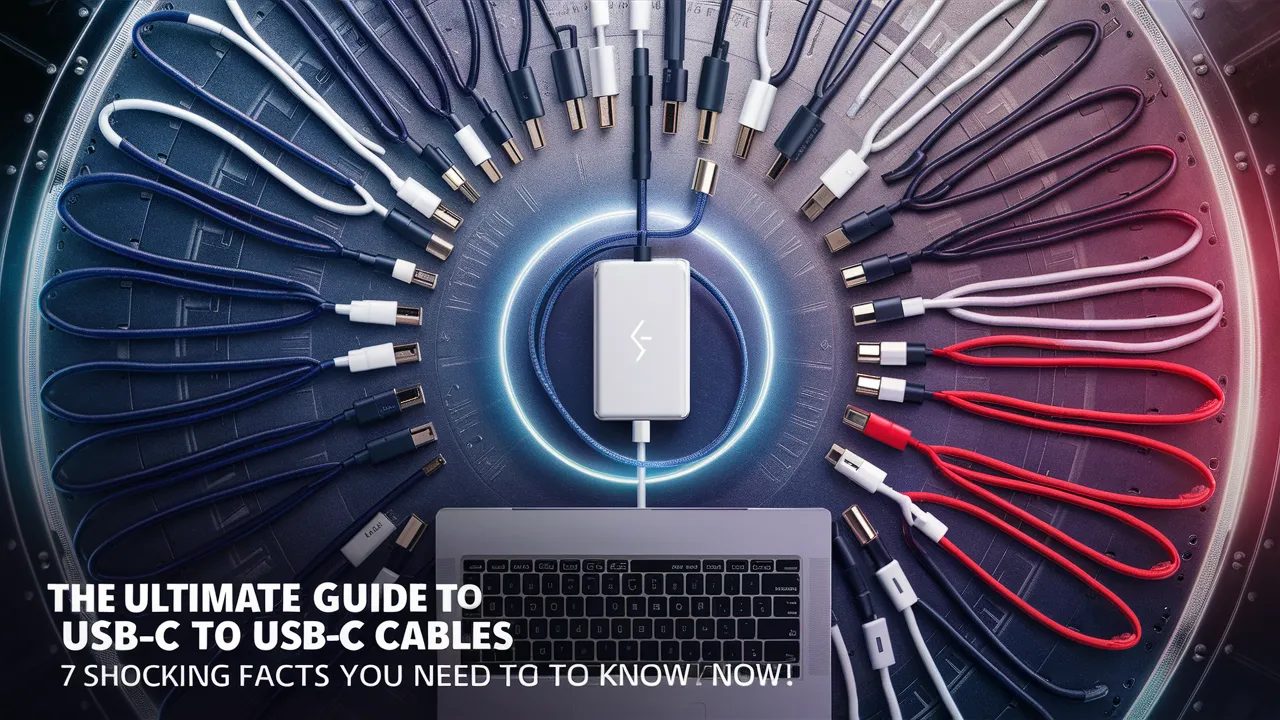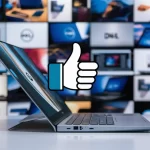Introduction:
Nowadays, it’s vital to remain connected in a fast-moving digital society. Enter the USB-C to USB-C cable – a game-changer in the realm of device connectivity. But what makes these cables so special, and why should you care? Buckle up as we dive into the electrifying world of USB-C cables, revealing seven mind-blowing facts that will revolutionize the way you think about charging and data transfer. Whether you’re a tech enthusiast or simply looking to upgrade your cable game, this guide is your ticket to the future of connectivity. Prepare yourself to discover exactly what your devices can do!
Table of Contents
1. What exactly is a USB-C to USB-C cable?
The fundamentals are important to understand. A USB-C to USB-C cable is a connector that is useful in many situations. This specific design of cable permits you to connect a port to another USB-C port directly. The cable is profoundly simple in the sense that it works no matter which way up you have plugged it in. Currently, the USB-C cable connects and powers many types of devices and goes by many different names. When purchasing a USB-C cable, which we recommend you do, consider the following.
2. The need for speed: Lightning-fast data transfer
One of the most jaw-dropping features of USB-C to USB-C cables is their blazing-fast data transfer speeds. With the latest USB 4 standard, these cables can transfer data at an astonishing rate of up to 40 Gbps! To put that into perspective, you could transfer a full-length 4K movie in just seconds. This speed demon capability makes USB-C cables a must-have for professionals working with large files or anyone tired of waiting for their data to crawl from one device to another.
3. Power up: The charging revolution
Gone are the days of lugging around many chargers for different devices. USB-C to USB-C cables supports Power Delivery (PD) technology, allowing for much faster charging speeds compared to their predecessors. With the ability to deliver up to 100W of power, these cables can charge everything from your smartphone to your laptop, all with the same cable. Imagine the convenience of carrying just one cable for all your charging needs!
4. Durability that stands the test of time
We’ve all experienced the frustration of frayed cables and loose connections. USB-C to USB-C cables are built to last, with many featuring reinforced connectors and braided nylon exteriors. This enhanced durability means fewer replacements and more reliable connections, saving you both money and headaches in the long run.
5. Versatility: The Swiss Army knife of cables
USB-C to USB-C cables aren’t for charging and data transfer. These versatile connectors can also handle video output, allowing you to connect your device to external monitors or TVs with ease. Some even support audio transmission, making them a one-stop solution for all your connectivity needs. Talk about a multitasking marvel!
6. Future-proofing your tech arsenal
As technology evolves, so do the standards that govern it. USB-C is rapidly becoming the universal connector of choice for device manufacturers. By investing in USB-C to USB-C cables now, you’re future-proofing your tech setup. This means less hassle and fewer cable swaps as you upgrade your devices in the coming years.
7. Environmental impact: A greener choice
In an age where environmental consciousness is paramount, USB-C to USB-C cables offer a greener alternative to the cable clutter of yesteryear. By consolidating many cable types into one universal standard, we reduce electronic waste and the need for constant replacements. It’s a small step that can make a big difference in our collective carbon footprint.
Frequently Asked Questions:
Are all USB-C to USB-C cables the same?
Not all USB-C cables are created equal. While they may look similar, they can vary data transfer speeds, charging capabilities, and build quality. It’s essential to choose a cable that meets your specific needs and is compatible with your devices.
Can I use a USB-C to USB-C cable with older devices?
While USB-C is becoming increasingly common, many older devices still use different ports. In these cases, you may need an adapter or a different cable type. But, as more devices adopt the USB-C standard, compatibility issues will become less frequent.
How do I know if my USB-C cable supports fast charging?
Look for cables that are specifically labeled as supporting USB Power Delivery (PD). These cables are designed to handle higher wattages and enable fast charging for compatible devices.
Conclusion:
USB-C to USB-C cables offer a way to do next-level connectivity. Not only are they a link that joins two devices together, but they also open up the possibilities of our digital lives in entirely new ways. form and function, USB-C cables are capable of performing a lot of the same tasks as a “C to A” or “C to B” cable; to us, that’s what makes USB-C attractive. With only the shape of the connector needing to change, we can now use a single cable for almost any digital need.






